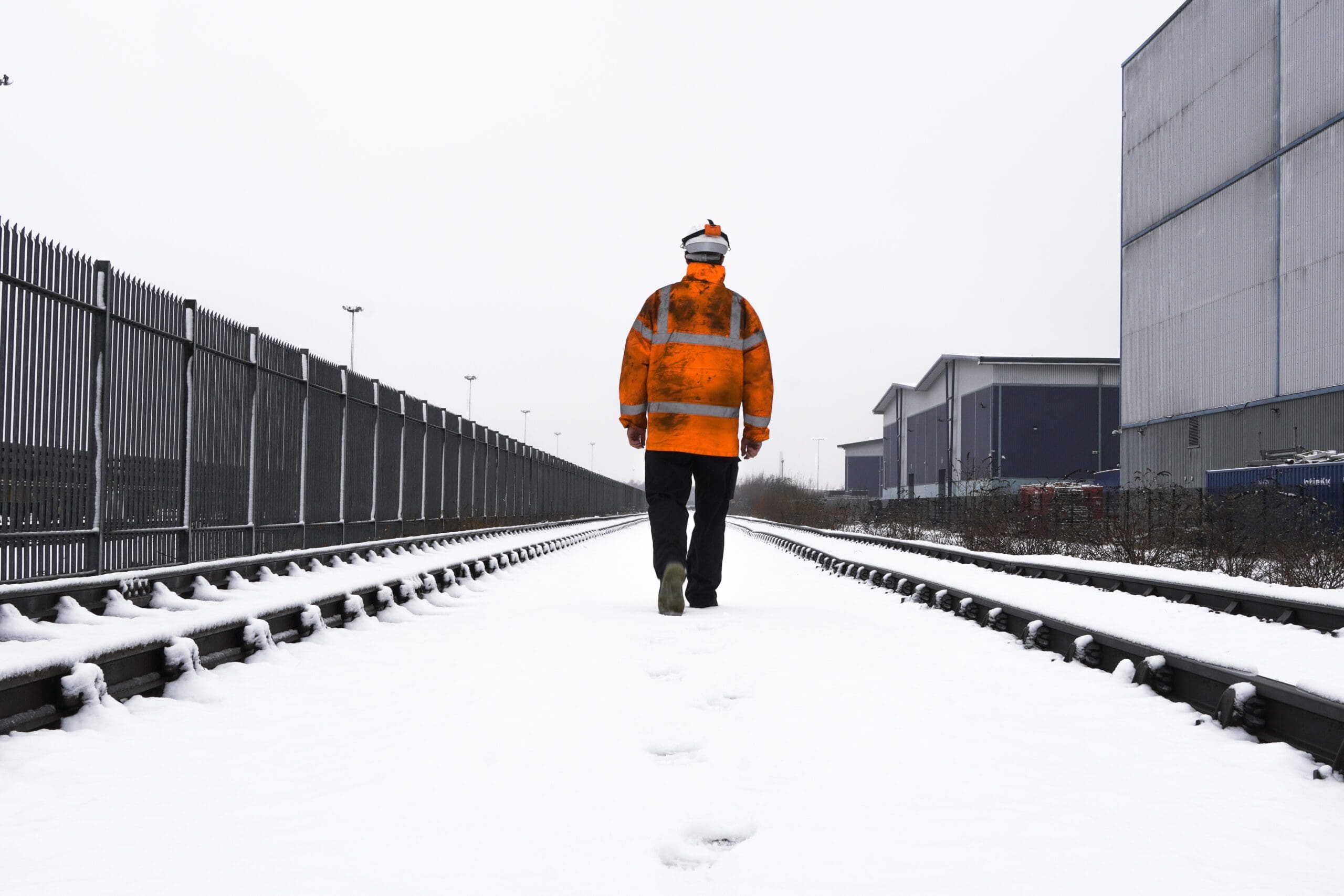A Railroad Lawsuit For Acute Myeloid Leukemia
Railroad workers often have prolonged exposure to carcinogenic chemicals as well as substances such as creosote, benzene and asbestos. If you've been diagnosed with cancer and believe your exposure to these chemicals at work contributed to it, you may be entitled to compensation.
The FELA allows railroad workers to sue for negligence. Contact a specific railroad lawsuit acute myeloidleukemia lawyer for more information.
Benzene Exposure
Benzene, a colorless and toxic gas is a cancer-causing gas if exposed to for a prolonged period. It is produced by the environment and also by the emission of gas and tobacco smoke. The skin is also able to absorb benzene. A railroad worker who has developed cancer as a result of exposure to benzene may be eligible for financial compensation from their employer.
In one instance the deceased railroad employee's widow was awarded damages of $1,500,000 from the company which employed him. Her husband was pumpman on a variety of tankers during the 1970s and 1980s, and was exposed to benzene. cancer lawsuits filed a claim for the wrongful death of the vessel owner after he passed away in the year 1995 from acute myeloid lymphoma.
Acute myeloid Leukemia is an aggressive cancer that could be fatal in just several months if it is not treated promptly. It is usually treated with chemotherapy, but in some instances radiation and targeted therapy might be utilized.
We obtained defense verdicts in two cases, where plaintiffs claimed they suffered brain injury due to exposure to solvents throughout their 23-year rail career. The defense presented expert evidence on medical causation and industrial hygiene and the jury concluded that the railroad's work environment was relatively safe.
Creosote Exposure
Coal creosote, also known as tar, is a blend of hundreds of chemicals that are used to protect wood, like railroad ties. It is a known carcinogen including polycyclic hydrocarbons (PAHs). The PAHs present in creosote are absorbed through the skin and may be ingested by drinking water that has been contaminated with the chemical. PAHs can also be absorbed into the lungs where they can cause lung cancer.
Creosote can trigger several symptoms, such as eye irritation, respiratory irritation and nausea and vomiting. It can cause skin burns in the second and third degree. The coal tar creosote compound is a mixture of PAH compounds including naphthalene and other carcinogenic substances like Acenaphthene.
Creosote exposure could cause negative effects on the health of workers as well as their families. For instance, some workers have developed basal cell cancers of the papular type that are common skin cancers that can spread to other regions of the body. Others have suffered from chronic lung disease as well as liver and esophageal fibrosis, and chronic bronchitis.
The railroad industry isn't always communicate effectively with its employees regarding the dangers associated with long-term exposure to toxic substances. It is not unusual for railroad employees to leave cranes, diesel locomotives or forklifts running while working. Diesel exhaust from these engines could be inhaled and ingested. They also dip rags into benzene-containing solvents to clean equipment and tools.
Workers' Compensation
Railroad workers who contract cancer or develop another chronic disease because of exposure to toxic chemicals such as benzene or Creosote, may be entitled compensation for medical expenses and other expenses. A New York railroad cancer attorney could assist in pursuing claims for damages monetary under the Federal Employers Liability Act, or FELA.
Many illnesses that are triggered by exposure to carcinogenic substances such as diesel fumes, asbestos and silica don't manifest themselves until a worker is older. Thus the statute of limitations in the majority of cases is only for three years after an individual is first diagnosed with the disease. This is the reason it is crucial that potential victims get in touch with an experienced attorney for railroad accidents immediately after being diagnosed.
In a recent case, Napoli Shkolnik PLLC successfully defended the suit brought against our client by a former railway employee who was diagnosed with leukemia after years of exposure to toxic chemicals. The plaintiff claimed that the company had violated FELA by failing to properly train their employees and provide them with the proper safety equipment.
The jury gave the plaintiff $7.5 million in damages following the conclusion that the cause of his cancer was directly connected to his work on the Chicago & North Western Railroad. The man was exposed toxic chemicals including benzene, creosote and degreasing solvents while working for the company.

FELA
Former railroad workers who are diagnosed with cancer because of toxic exposures at work may be able to file a claim for compensation under the Federal Employers Liability Act (FELA). Contrary to workers' compensation statutes which offer victims medical expenses and a portion of lost wages, FELA is a fault-based law that requires proof that the railroad's employer was negligent in protecting its workers from the dangers of chemical exposures.
Railroad companies frequently fight FELA claims for occupational diseases. Defense lawyers often argue that the former employee isn't able to pinpoint specific instances of unhealthy conditions. They also highlight the absence of tests conducted by the government that prove the presence of carcinogens or contaminants in parts or equipment that are used by the railway.
If you win a FELA claim and a successful FELA claim, the family members of the victim can be compensated for past and future suffering, loss in enjoyment of life, mental distress, and other damages. If the victim dies as a result, the family can file a wrongful-death claim to recover compensation.
We partner with FELA attorneys to help railroad employees injured obtain the financial assistance they require. Contact us for a free consultation. We represent railroad workers throughout the United States, including New York City, Boston, Hartford, St. Louis, Denver, and other cities.
